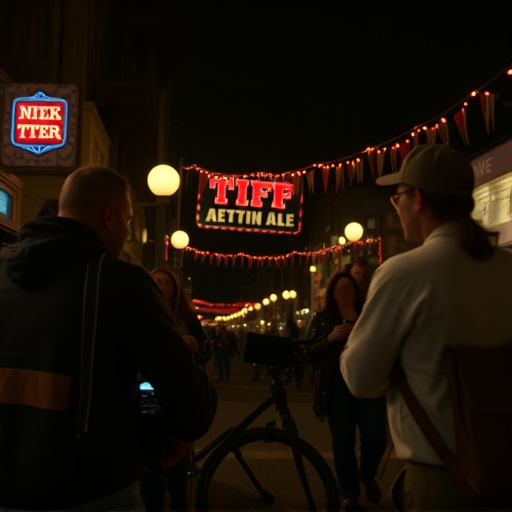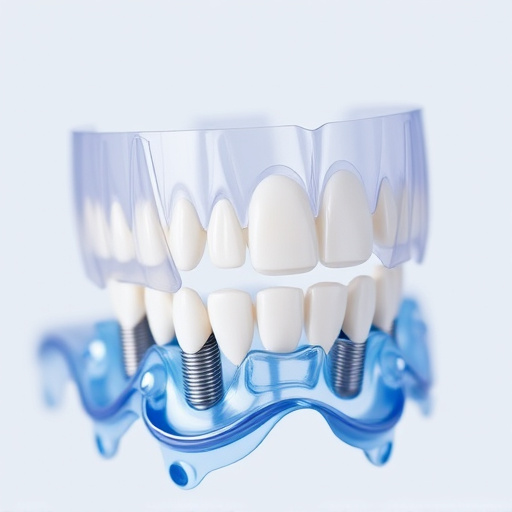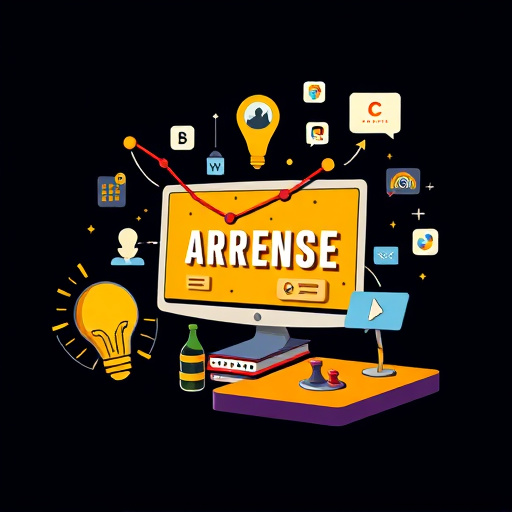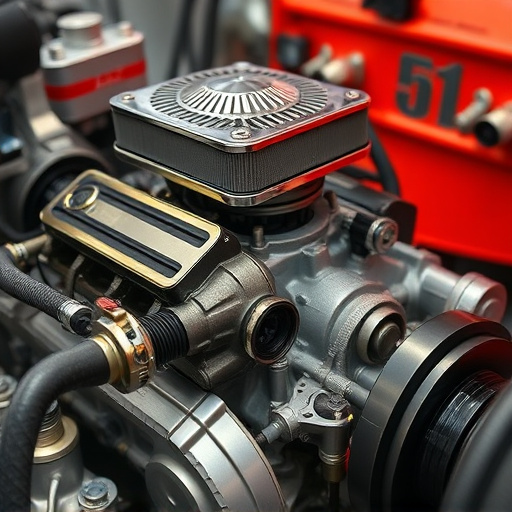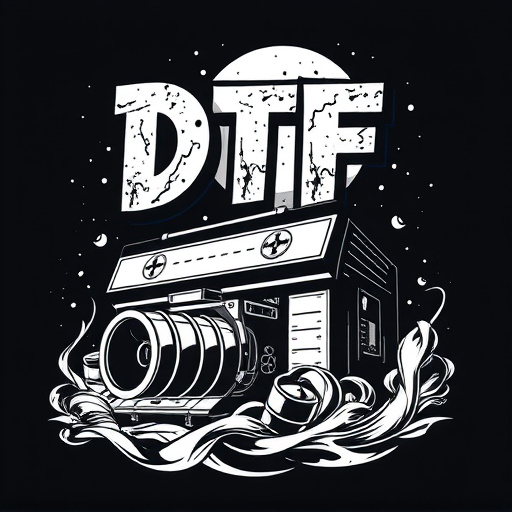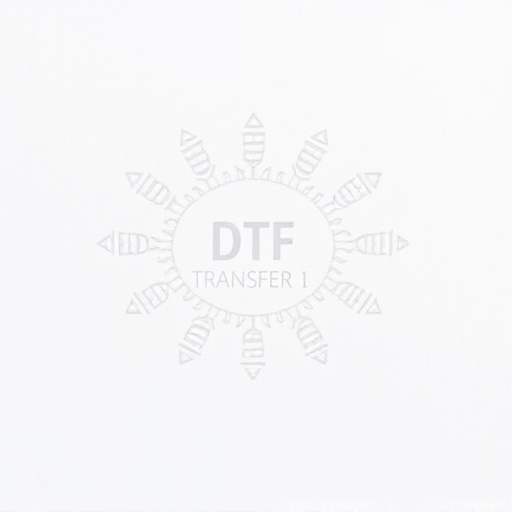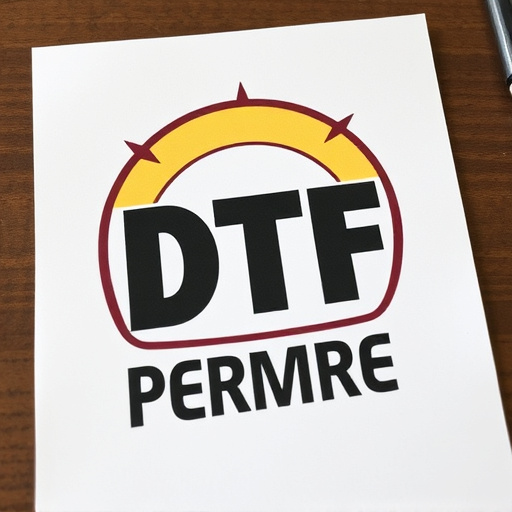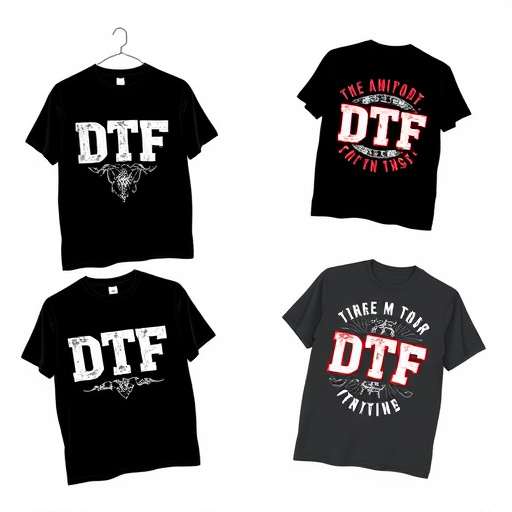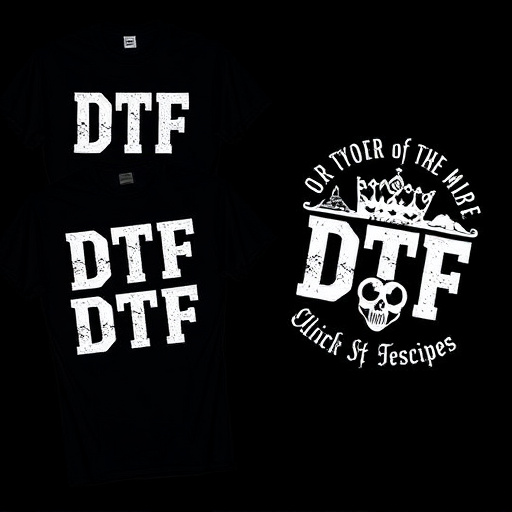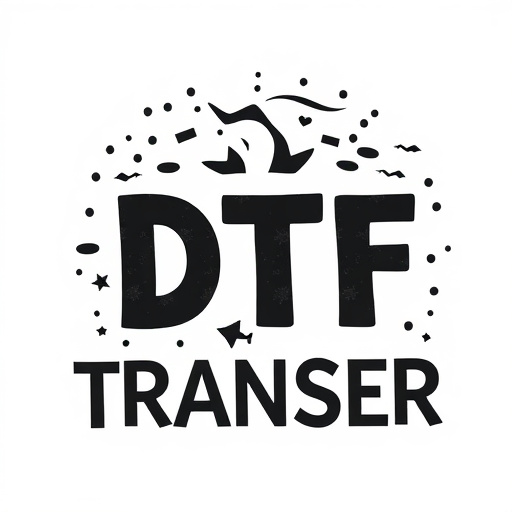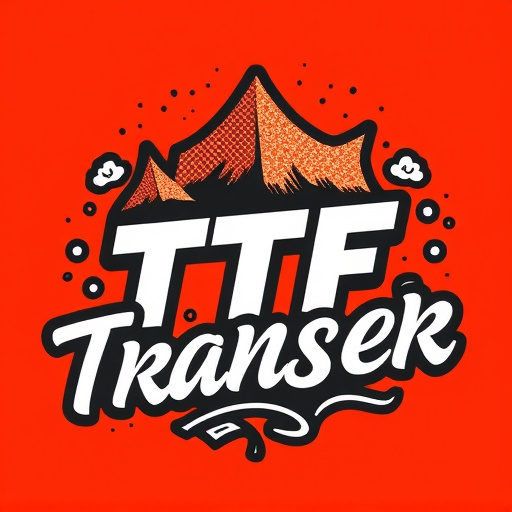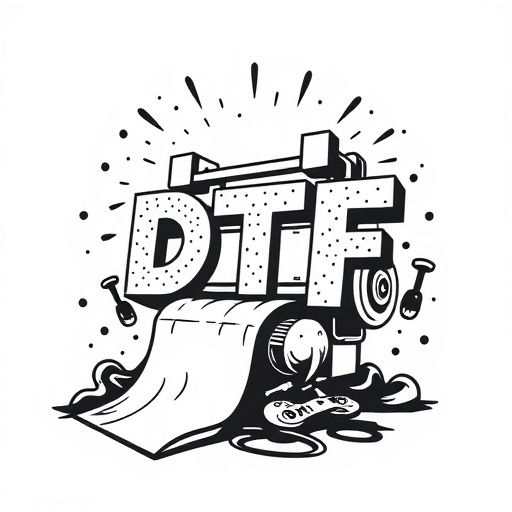Direct-to-film (DTF) printing, including DTF transfers, revolutionizes design creation and personalization across textiles, apparel, packaging, and signage. This technology offers precise, high-quality prints on diverse surfaces using specialized ink and equipment, accommodating complex designs and vibrant colors. DTF's advantages include eliminating setup complexities, superior durability, and versatility in material options. The process involves software design, technical preparation, and heat/pressure transfer for accurate color reproduction. With expanding market opportunities and technological advancements, DTF printing is poised to grow significantly, offering on-demand, personalized prints with intricate designs and complex graphics.
“Unleash your creativity with Personalized Designs through Direct-to-Film (DTF) printing technology. This cutting-edge method revolutionizes custom design applications across various industries. From understanding the core principles of DTF printing to exploring its unparalleled advantages and intricate process, this article delves into the world of DTF Transfer. Discover how it enhances quality, durability, and versatility in print, while also peering into future trends that promise to further transform the design landscape with DTF Prints.”
- Understanding Direct-to-Film (DTF) Printing Technology
- Advantages of DTF Transfer for Custom Designs
- The Process: From Design to Final Print
- Applications of DTF Prints in Various Industries
- Ensuring Quality and Durability in DTF Transfers
- Future Prospects and Trends in DTF Printing
Understanding Direct-to-Film (DTF) Printing Technology
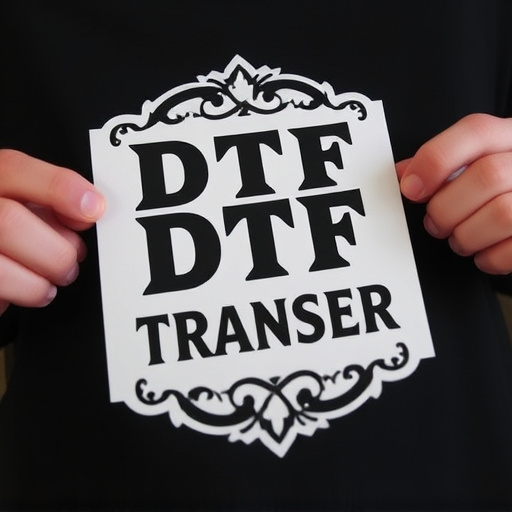
Direct-to-film (DTF) printing is a cutting-edge technology that has revolutionized the way we create and personalize designs, especially in the apparel and textile industries. This innovative process eliminates the need for traditional printing methods, such as screen printing or heat transfer, by applying designs directly onto the desired surface using specialized ink and equipment. DTF transfers are precise and offer a wide range of possibilities for creating unique, customized prints.
The technology involves a high-resolution digital printhead that deposits pigmented inks onto various materials, including fabric, paper, or even plastic films. This direct application ensures crisp, detailed prints with vibrant colors and fine line work. DTF printing is known for its versatility, accommodating diverse substrate types and allowing for complex designs, graphics, and texturing. It has become a favorite among businesses and individuals seeking customized products, as it enables the rapid production of personalized DTF prints, making it an efficient and cost-effective solution for various applications.
Advantages of DTF Transfer for Custom Designs

Direct-to-film (DTF) printing offers a plethora of advantages for creating personalized designs, making it a preferred method for custom apparel and merchandise. One of its key strengths is the ability to produce high-quality prints directly on various materials, from fabric to metal. This technology eliminates the need for complex setup processes, allowing designers and businesses to swiftly bring their creative visions to life. With DTF Transfer, achieving intricate details and vibrant colors in custom designs is effortless.
Moreover, DTF Printing ensures long-lasting durability, making it ideal for items meant for everyday use or special occasions. The direct application of the design onto the surface provides a seamless finish, free from bleeding or smudging. This method also accommodates diverse material options, enabling creators to experiment and meet different project requirements. Thus, DTF Transfer is a versatile and efficient solution for creating personalized, eye-catching prints on demand.
The Process: From Design to Final Print
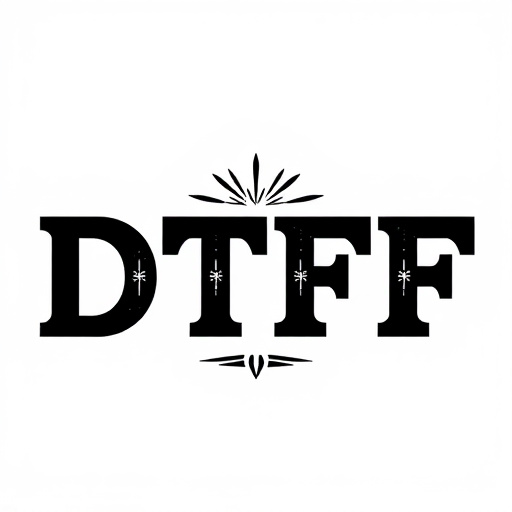
The journey of creating personalized designs with direct-to-film (DTF) printing technology is a seamless and efficient process. It begins with the initial design phase, where artists or designers bring their creative visions to life using specialized software. Once the design is finalized, it’s prepared for printing. This involves a series of technical steps to ensure optimal results. The DTF transfer, a key component, is created by applying a thin layer of ink directly onto the film, enabling precise color reproduction and sharp details.
After the DTF transfer is ready, it’s carefully aligned and bonded to the desired substrate, be it fabric, wood, or metal. The printing process itself is automated, ensuring consistent quality across each print. Advanced machines precisely apply heat and pressure to transfer the design onto the material, resulting in vibrant and durable DTF prints. This method allows for intricate patterns, bold graphics, and unique finishes, catering to a wide range of applications, from fashion and textiles to signage and decorative arts.
Applications of DTF Prints in Various Industries
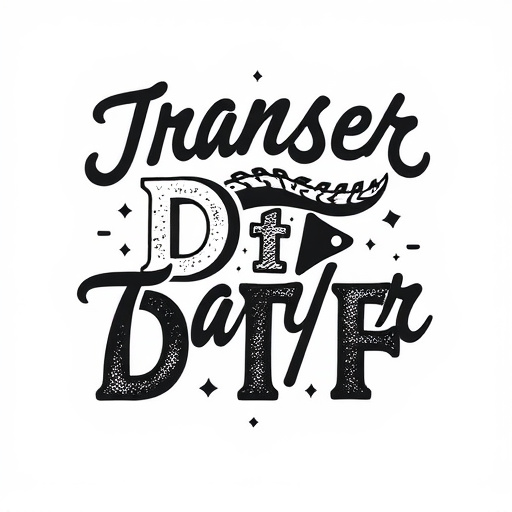
Direct-to-film (DTF) printing has found its way into numerous industries, revolutionizing the way businesses create and apply designs. One of the key applications is in the textile industry, where DTF transfers are used to print on a variety of fabrics, from t-shirts and hoodies to flags and banners. This technology allows for intricate, high-quality designs with vibrant colors, making it a popular choice for custom apparel and promotional products.
Moreover, DTF prints have made significant inroads into the packaging sector, enabling companies to create personalized, eye-catching labels and stickers. In the automotive industry, DTF is utilized for applying unique graphics and wraps on vehicles, offering a level of customization that was once unimaginable. Additionally, its versatility extends to signage, display materials, and even 3D printing applications, showcasing the wide-ranging potential of DTF technology across various sectors.
Ensuring Quality and Durability in DTF Transfers
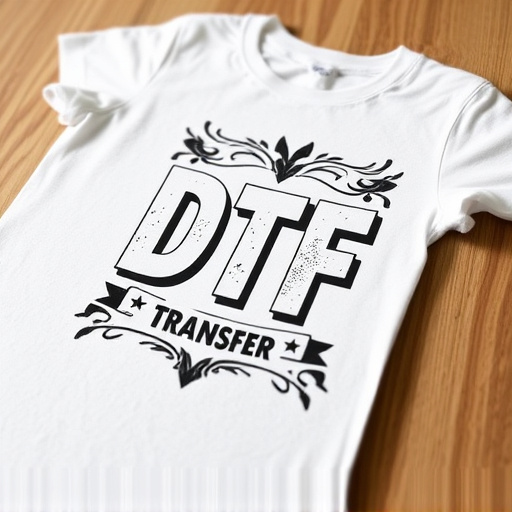
When it comes to personalized designs and DTF (Direct-to-Film) printing technology, ensuring quality and durability in the final transfers is paramount. The process involves careful consideration of various factors to guarantee that DTF prints maintain their vibrancy and longevity. One key aspect is using high-quality inks and film materials that are designed for long-lasting performance under different conditions. Regular testing and calibration of printing equipment also play a crucial role in maintaining consistency and precision across batches.
Additionally, proper preparation of the substrate (the material being printed) is essential. This includes cleaning and treating the surface to ensure optimal adhesion of the DTF transfer. Post-printing treatments such as laminating or coating can further enhance durability by protecting the design from fading, cracking, or peeling. Regular maintenance and adherence to best practices for DTF printing help in delivering high-quality, long-lasting DTF transfers that meet the demands of various applications.
Future Prospects and Trends in DTF Printing
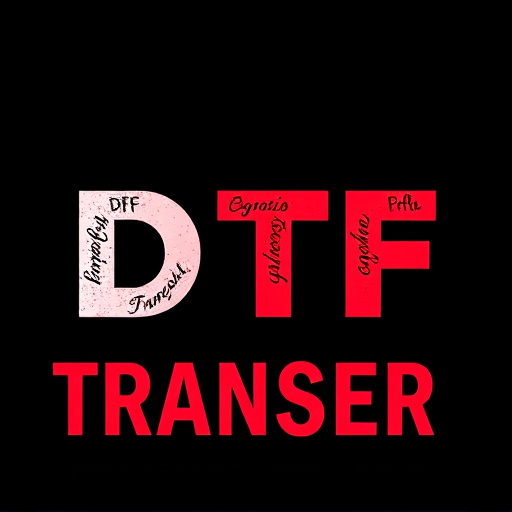
The future of direct-to-film (DTF) printing looks promising, with several exciting trends emerging that will shape the industry. One key prospect is the expansion of DTF technology into new markets and applications. As the cost of hardware decreases and the process becomes more accessible, it’s likely to see DTF printing in various sectors beyond apparel, such as signage, packaging, and even home decor. This diversification will drive innovation, with designers and businesses creating unique, personalized DTF prints for diverse purposes.
Additionally, advancements in ink and material science will play a significant role in the evolution of DTF printing. Researchers are constantly developing higher-quality inks that offer improved durability, vibrant colors, and enhanced print resolution. These innovations will result in more visually appealing DTF transfers, opening up possibilities for intricate designs and complex graphics. As technology continues to advance, DTF Printing is poised to become a versatile and sought-after method for creating personalized, on-demand prints.


